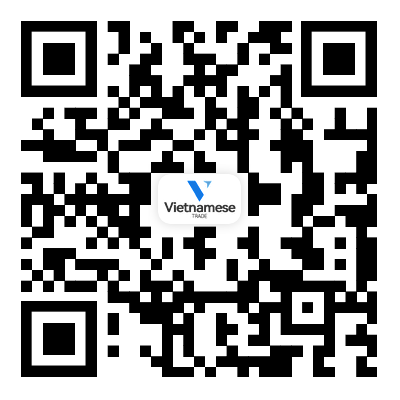The Taekwondo Uniform: More Than Just a Uniform
2024-11-01
Taekwondo, a martial art known for its dynamic kicks and powerful techniques, has gained immense popularity worldwide. Central to the practice of Taekwondo is the uniform, known as the dobok. This blog explores the significance of the Taekwondo uniform, its components, variations, and the values it represents within the martial arts community.
What is a Taekwondo Uniform?
The Taekwondo uniform, or dobok, is a traditional outfit worn by practitioners during training and competitions. It is designed to provide comfort, flexibility, and ease of movement, allowing martial artists to perform various techniques effectively. The dobok consists of a jacket, pants, and a belt that signifies the wearer’s rank and progress in the martial art.

Components of the Taekwondo Uniform
1. Jacket: The jacket of the dobok is typically made from durable fabric to withstand rigorous training. It features a V-neck design that allows for easy movement of the shoulders and arms. The jacket may vary in color based on the school or organization but is often white for beginners.
2. Pants: The pants are designed to be loose-fitting, enabling freedom of movement for high kicks and swift footwork. They often have an elastic waistband for comfort and can be reinforced in areas to withstand wear and tear.
3. Belt: The belt is a crucial part of the uniform, indicating the practitioner’s rank and level of expertise. Each color represents a different stage in a student’s journey, starting from white for beginners and progressing through various colors until reaching black belt status. The belt not only symbolizes skill level but also dedication and perseverance.
Variations of Taekwondo Uniforms
While the basic components of the dobok remain consistent, variations exist based on the style of Taekwondo practiced and individual schools. Here are a few notable variations:
- Traditional Dobok: Often worn in traditional Taekwondo settings, this version emphasizes simplicity and is usually made from cotton or a cotton-blend fabric.
- Sport Dobok: Designed for competition, sport doboks are made from lightweight materials that allow for maximum mobility. They often feature reinforced stitching and a more modern cut.
- Black Belt Dobok: Higher-ranked practitioners may wear a more elaborate version of the dobok, which can include embellishments or specific designs that signify their advanced status.
The Symbolism Behind the Dobok
The Taekwondo uniform carries significant cultural and philosophical weight. Wearing the dobok is more than just donning a piece of clothing; it represents a commitment to the principles of Taekwondo, such as discipline, respect, and humility. Here are a few key aspects of its symbolism:
- Discipline: The dobok is a reminder of the dedication required to master Taekwondo. It signifies the commitment to training, learning, and self-improvement.
- Respect: Wearing the uniform shows respect for the art, instructors, fellow practitioners, and the traditions of Taekwondo. It fosters a sense of belonging within the martial arts community.
- Identity: The dobok helps identify practitioners within the sport, fostering camaraderie among students and instructors. It creates a sense of unity and shared purpose.
Caring for Your Taekwondo Uniform
To maintain the integrity and longevity of your dobok, proper care is essential. Here are some tips for keeping your uniform in top condition:
1. Washing: Follow the care instructions on the label. Generally, it’s best to wash the dobok in cold water to prevent shrinking and fading.
2. Drying: Air drying is recommended to maintain the fabric’s quality. Avoid using high heat in the dryer, which can damage the material.
3. Storing: Keep your dobok in a cool, dry place. Avoid folding it in a way that creates creases; instead, hang it up to preserve its shape.
Conclusion
The Taekwondo uniform, or dobok, is much more than just clothing; it is a symbol of commitment, discipline, and respect within the martial arts community. Whether you’re a beginner just starting your journey or an experienced practitioner, the dobok serves as a reminder of the values and skills you are cultivating. By understanding its significance and taking proper care of your uniform, you honor not only your practice but also the rich tradition of Taekwondo. So, as you tie your belt and step onto the mat, remember that you’re part of a legacy that transcends generations.


